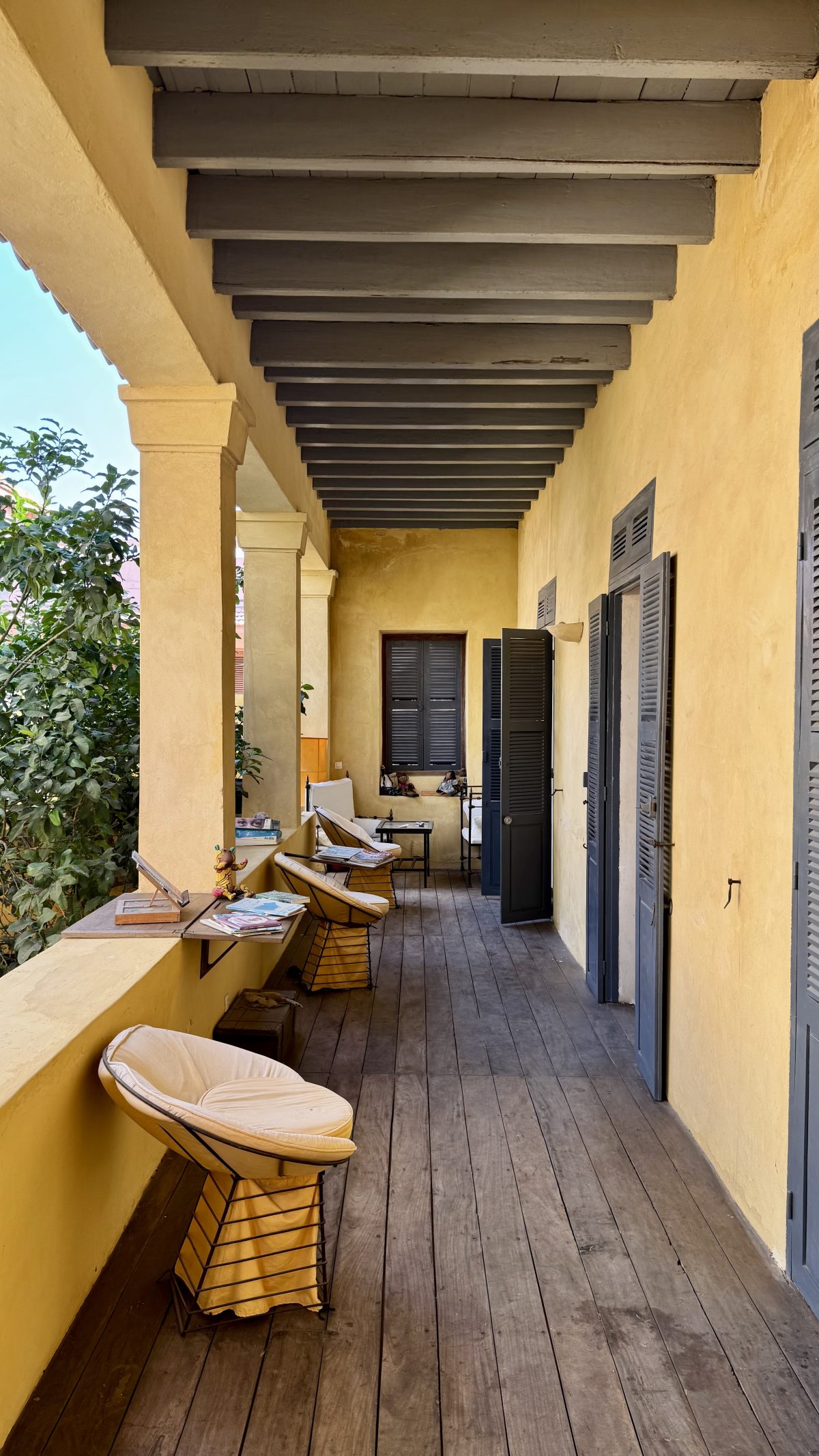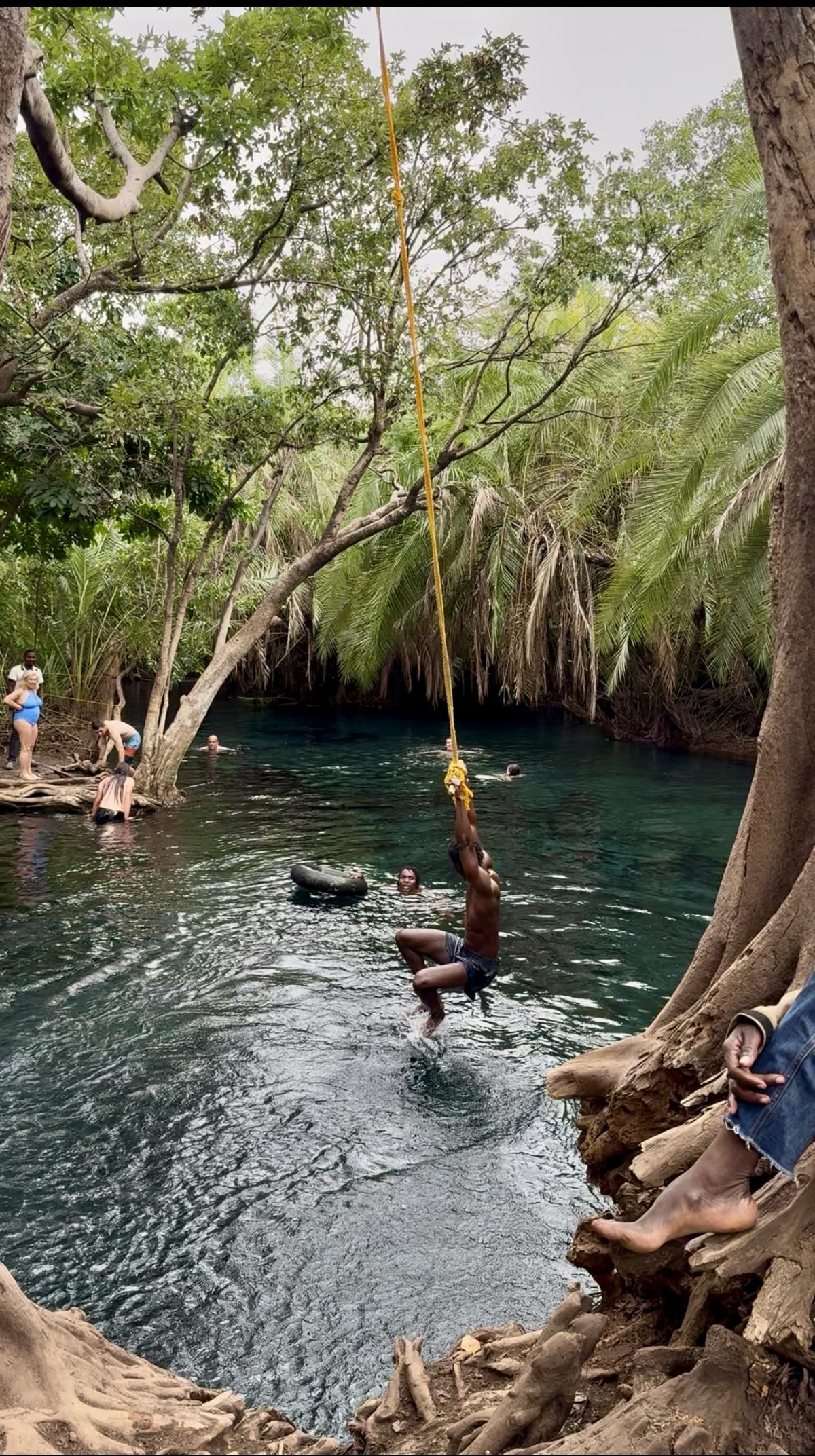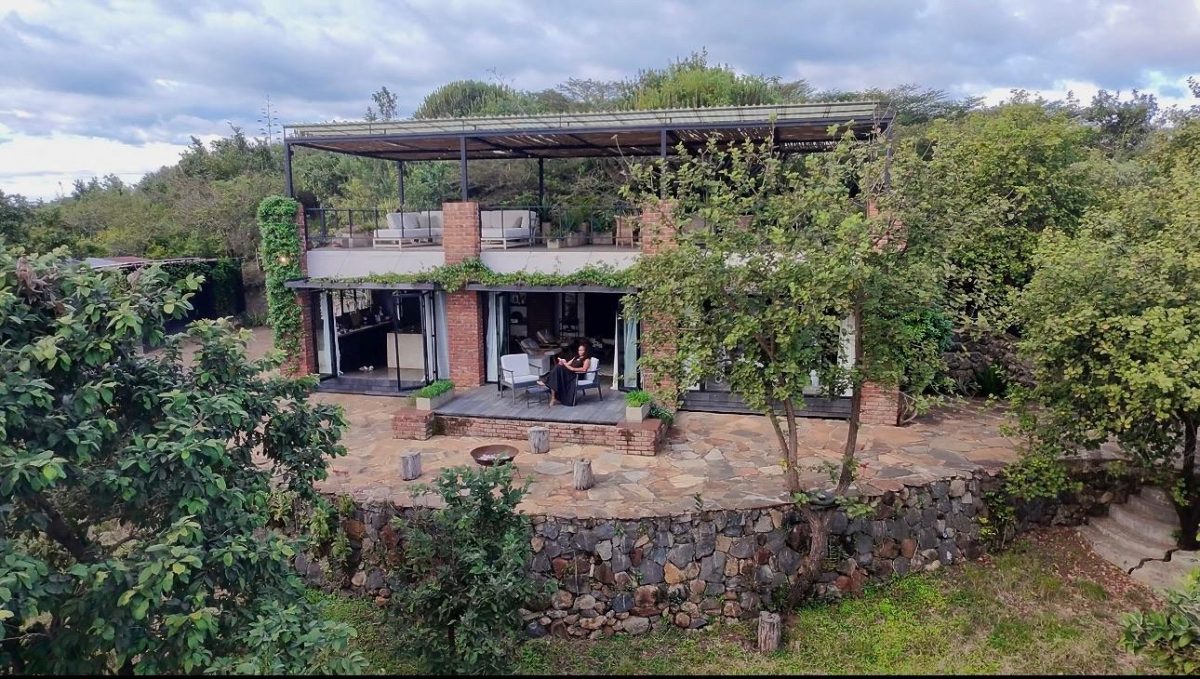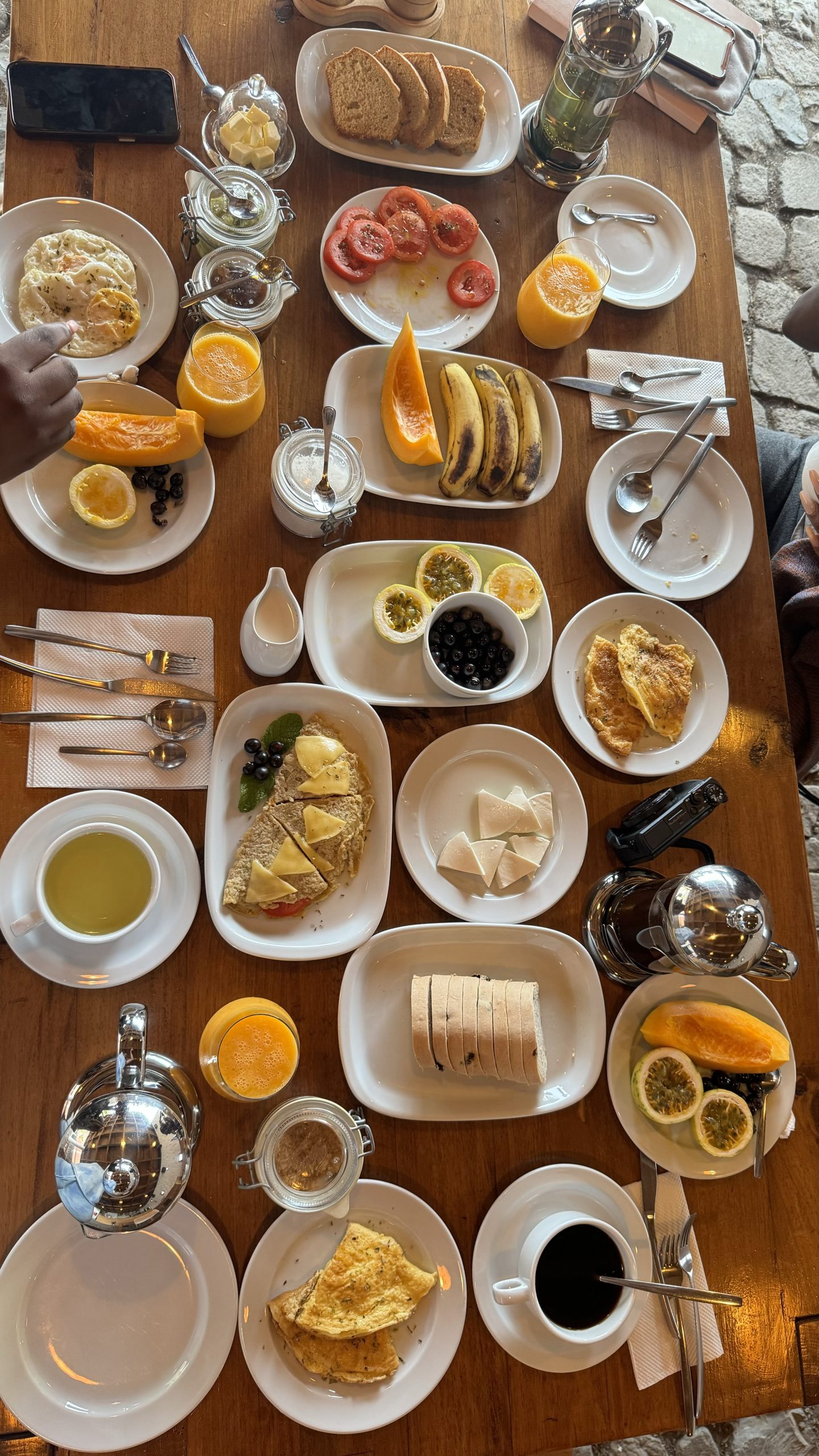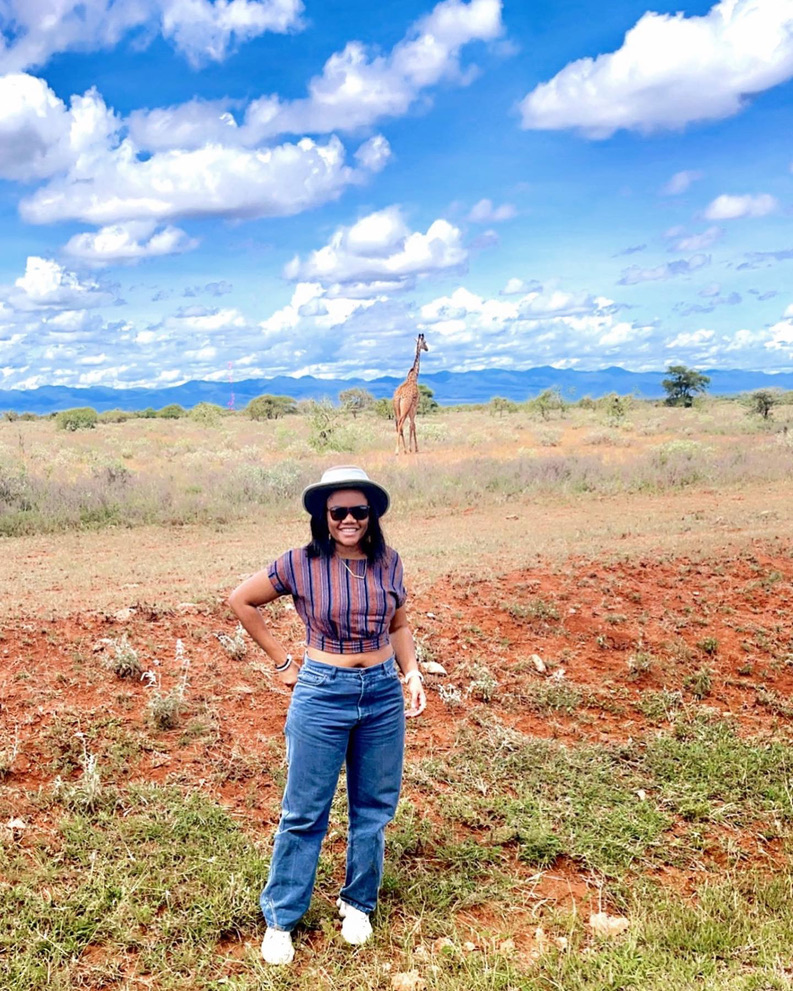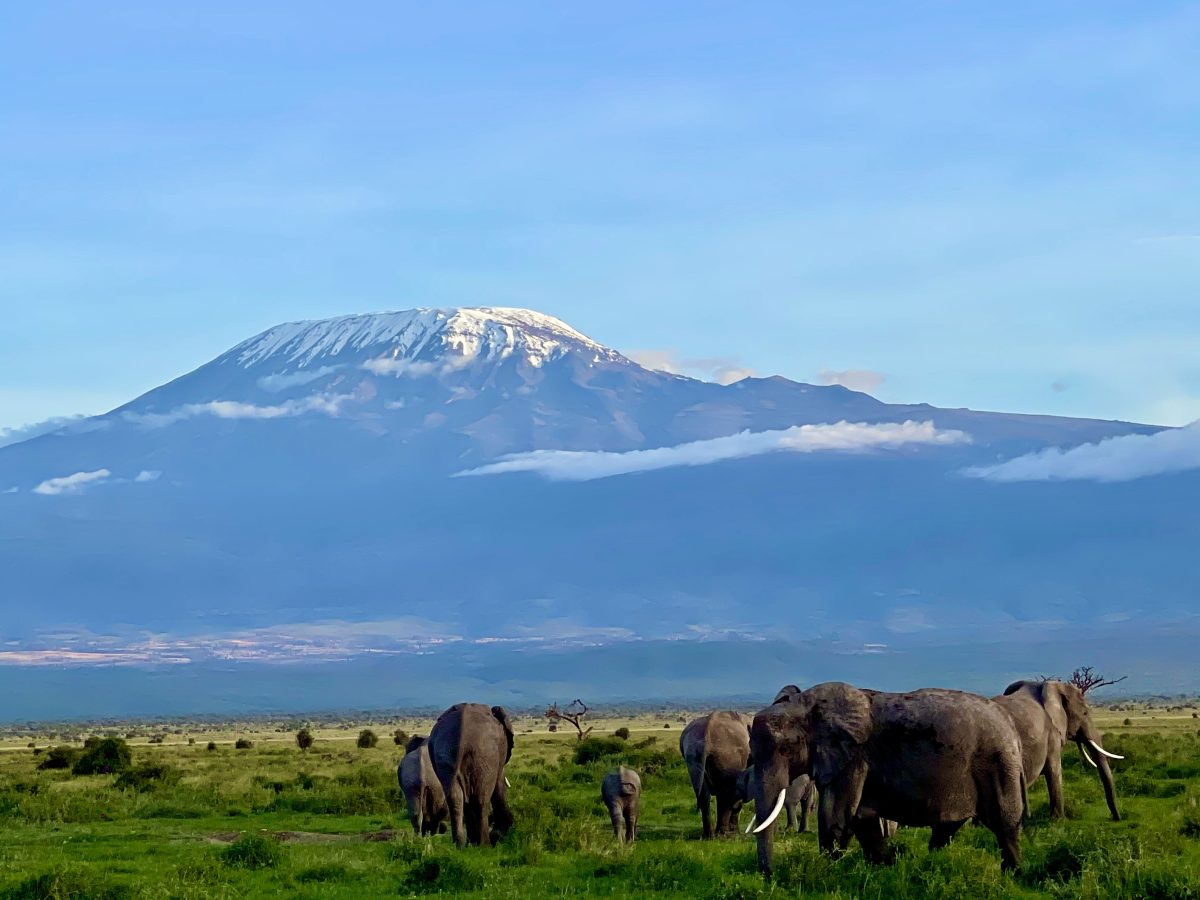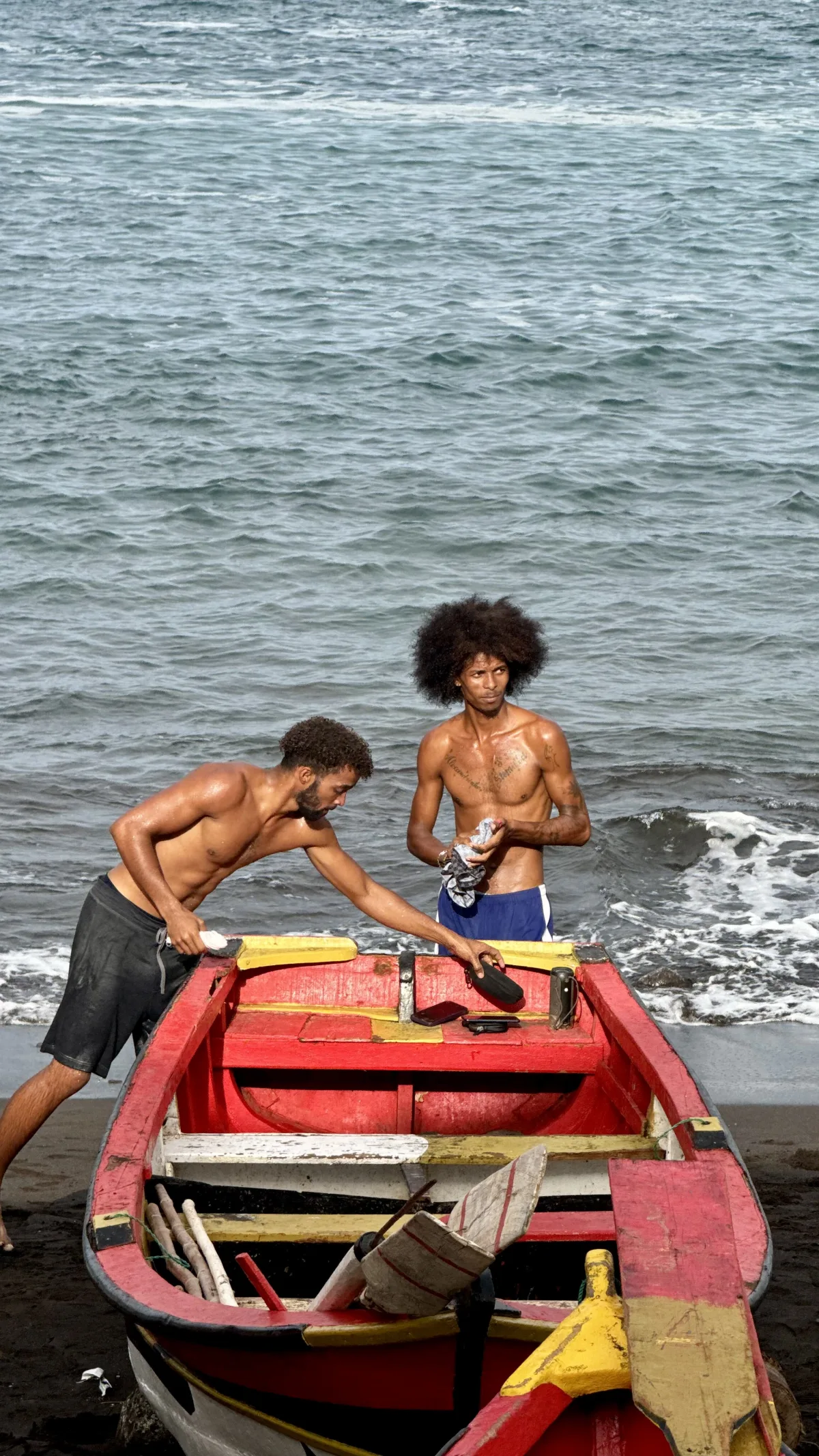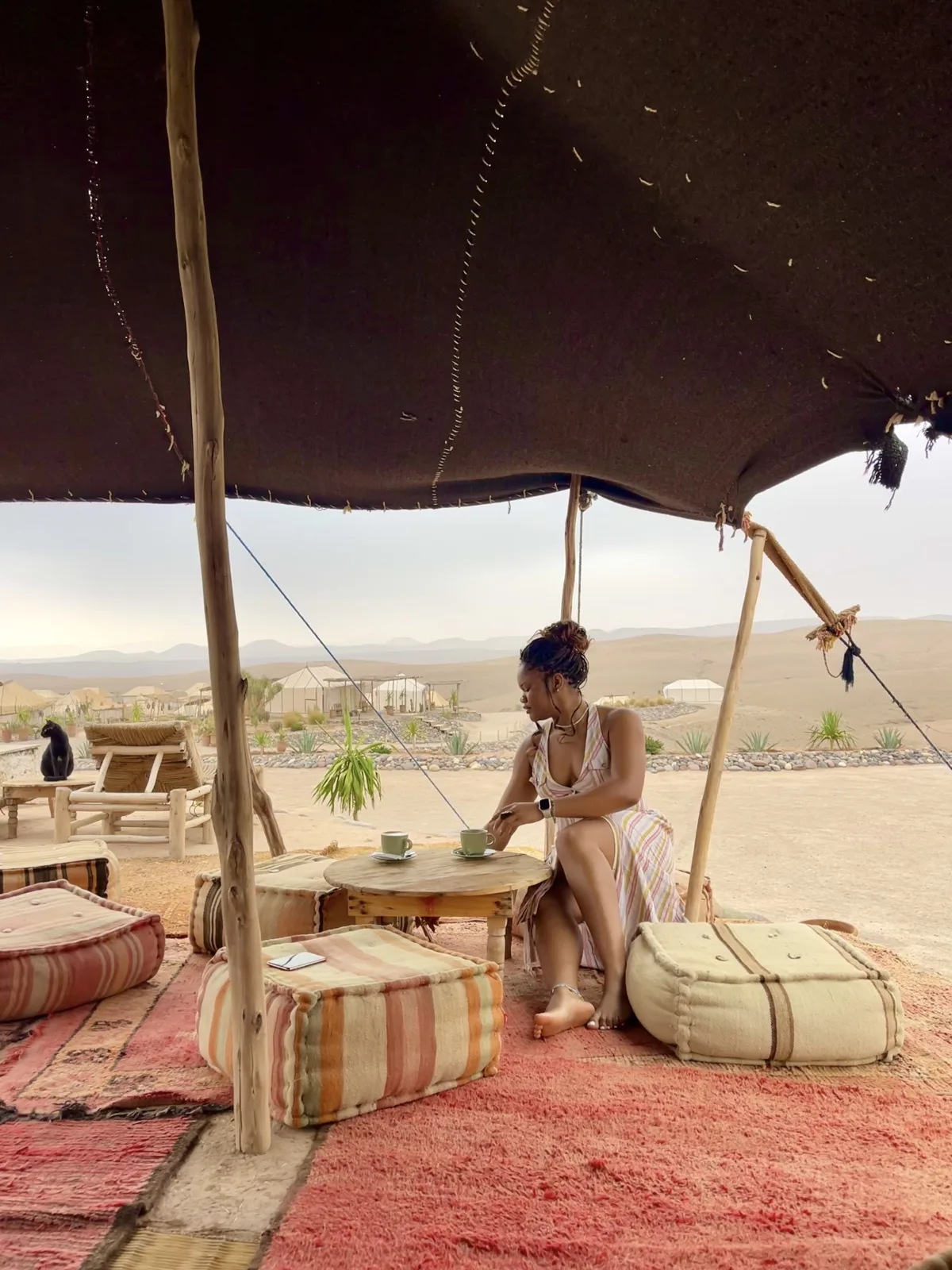Your cart is currently empty!
Author: ainadada
Au Fil Du Fleuve: A Boutique Experience In St Louis, Senegal
There are places you visit, and the experience stays with you long after you’ve left. Au Fil Du Fleuve (which means “along the river” in French) in Saint-Louis, Senegal, was one of those.
What To Do In Arusha, Tanzania: A Travel Guide
Arusha is the gateway to Tanzania’s northern safari circuit and a destination worth exploring on its own. The city offers stunning landscapes, lively markets, natural hot springs, coffee farms, and cultural experiences that give you a real sense of place. This guide shares everything you need to plan your trip—when to visit, how to get…
Nyumba Ndoto: A hidden Gem in Arusha, Tanzania
Arusha, dubbed the “Geneva of Africa,” offers a tranquil escape at Nyumba Ndoto, a serene cabin surrounded by nature. Guests appreciate spaciousness, breathtaking views, and thoughtful design. Equipped for relaxation, this off-grid stay encourages mindful living. With cozy pods for added privacy and a well-stocked kitchen, it’s perfect for small groups seeking tranquility.
The Ultimate Senegal Travel Guide: Explore Like a Pro
I’ve smelled the best incense of my life and tasted the flakiest, most delicious croissants in Senegal—but that’s not the best part of this Francophone gem.
10 Things I Wish I Knew Before My First International Trip: A Guide for First-Time Travellers
Traveling for the first time is an exciting adventure filled with promises of newness. New experiences, cultures, memories, and friends. As thrilling as it sounds, first-time travelers are more prone to making mistakes that can quickly turn a trip sour. When traveling to a new place, knowing what to expect can save you from unnecessary…
Nairobi Awaits: 20 Top Activities for Every Traveler
Nairobi, Kenya’s vibrant capital, is a city like no other—a thrilling mix of urban energy and untamed nature. Just minutes from downtown, you can witness majestic wildlife at Nairobi National Park, where lions, rhinos, and giraffes roam freely against towering skyscrapers. It’s where the city’s heart meets the call of the wild. Beyond the park,…
Kenya Travels: Everything You Need to Know
Kenya is a place that never stops calling me back—a land where every visit feels like the first, filled with awe and discovery. Imagine standing on the edge of the Maasai Mara as the ground beneath you trembles with the rhythm of a million hooves. The Great Migration is not just a sight it’s a…
“From Many Bloods” – Cape Verde Travel Guide
Cape Verde Travel Guide: Everything you need to know before visiting Cape Verde for the first time
Morocco: An Unforgettable Journey and Everything You Need to Know for Your Trip
Morocco has always been at the top of my list of countries to visit, and it was the first North African country I had my sights set on. Last year, we finally had the opportunity to visit in September. What are the odds? An earthquake occurred while we were there—the first significant one since 2004.…
